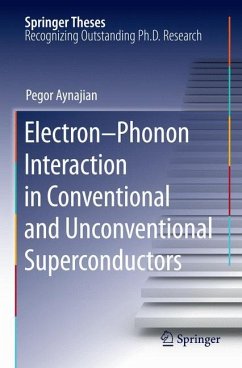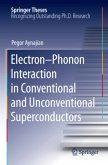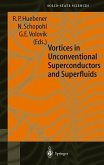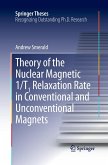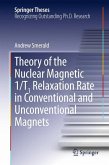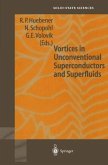The problem of conventional, low-temperature superconductivity has been regarded as solved since the seminal work of Bardeen, Cooper, and Schrieffer (BCS) more than 50 years ago. However, the theory does not allow accurate predictions of some of the most fundamental properties of a superconductor, including the superconducting energy gap on the Fermi surface. This thesis describes the development and scientific implementation of a new experimental method that puts this old problem into an entirely new light. The nominee has made major contributions to the development and implementation of a new experimental method that enhances the resolution of spectroscopic experiments on dispersive lattice-vibrational excitations (the "glue" responsible for Cooper pairing of electrons in conventional superconductors) by more than two orders of magnitude. Using this method,he has discovered an unexpected relationship between the superconducting energy gap and the geometry of the Fermi surfacein the normal state, both of which leave subtle imprints in the lattice vibrations that could not be resolved by conventional spectroscopic methods. He has confirmed this relationship on two elemental superconductors and on a series of metallic alloys. This indicates that a mechanism qualitatively beyond the standard BCS theory determines the magnitude and anisotropy of the superconducting gap.

